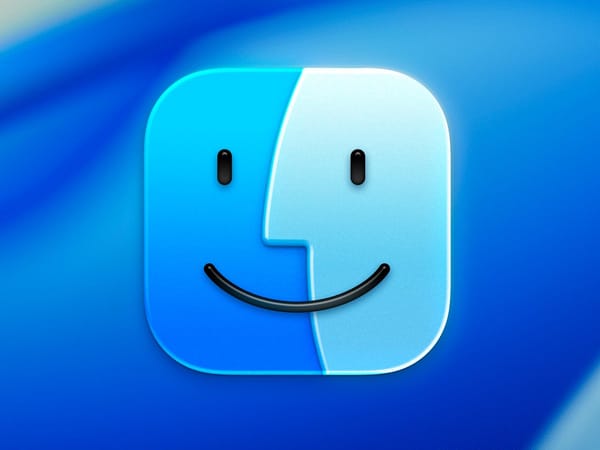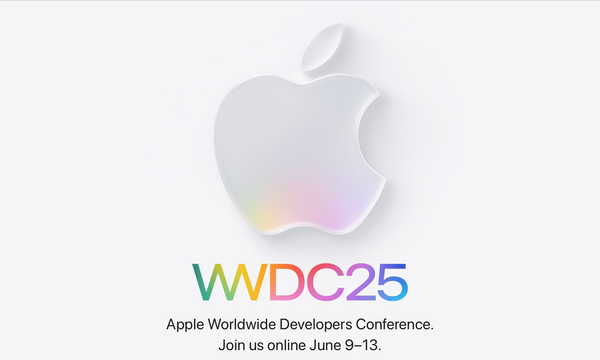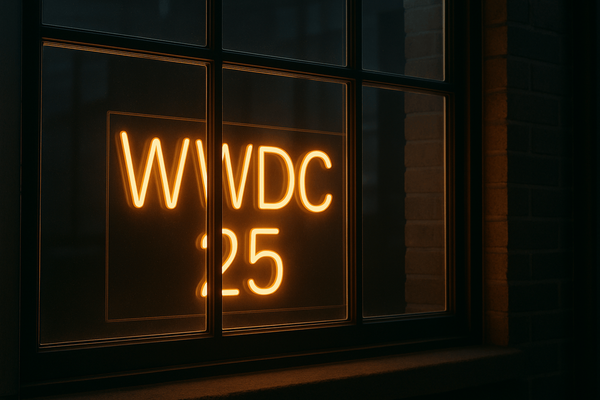Short Thoughts on Every iPad I Owned and What’s Next
I had some thoughts about each iPad I owned on the eve of getting a new one.
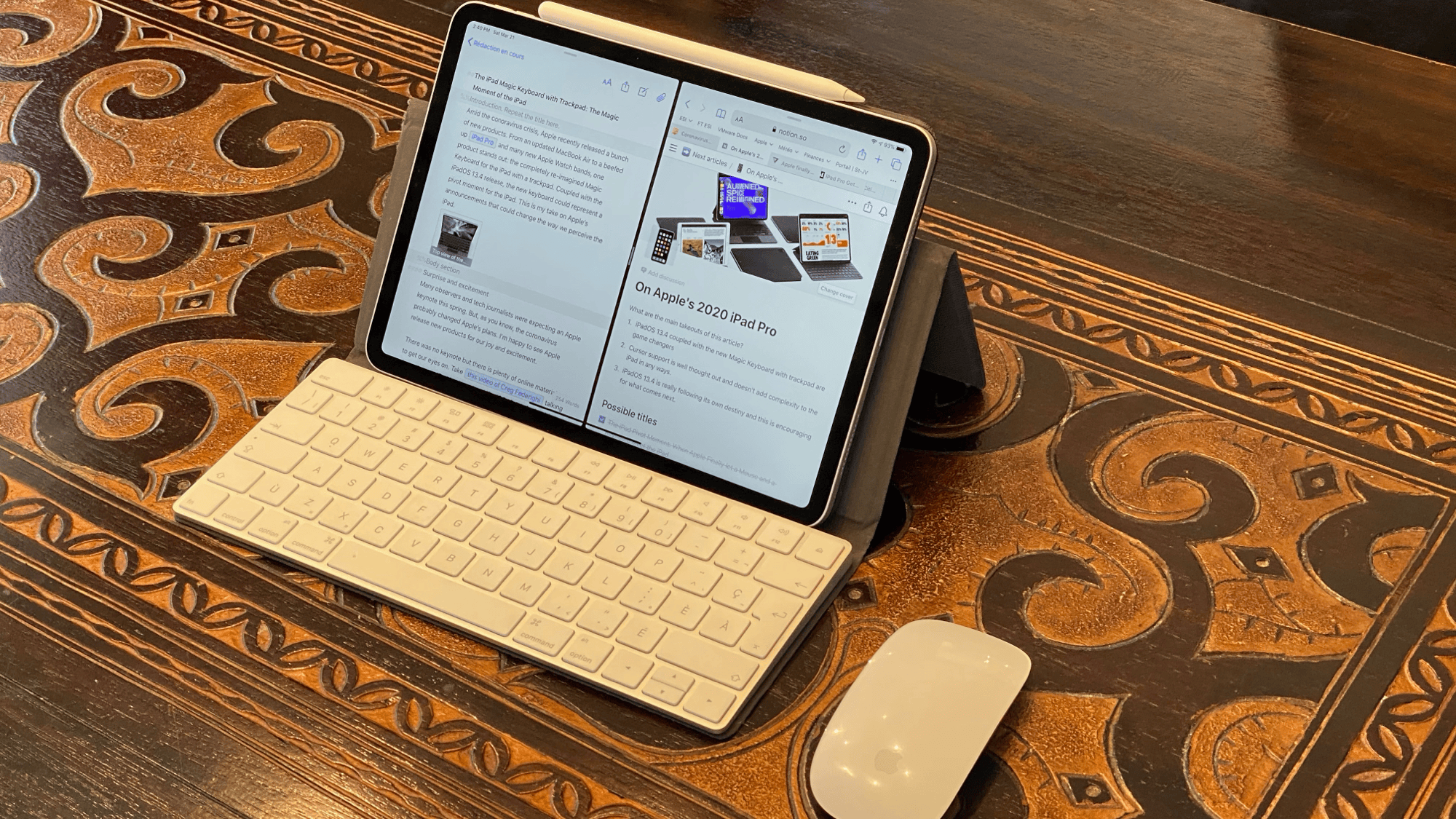
I’ve owned an iPad since April of 2010. Fourteen years later, I’m about to start a new chapter in my journey of working with a controversial form factor: the tablet computer, which is essentially represented by Apple’s iPad product line. Let me look back quickly at my iPad ownership over the years.
Original iPad
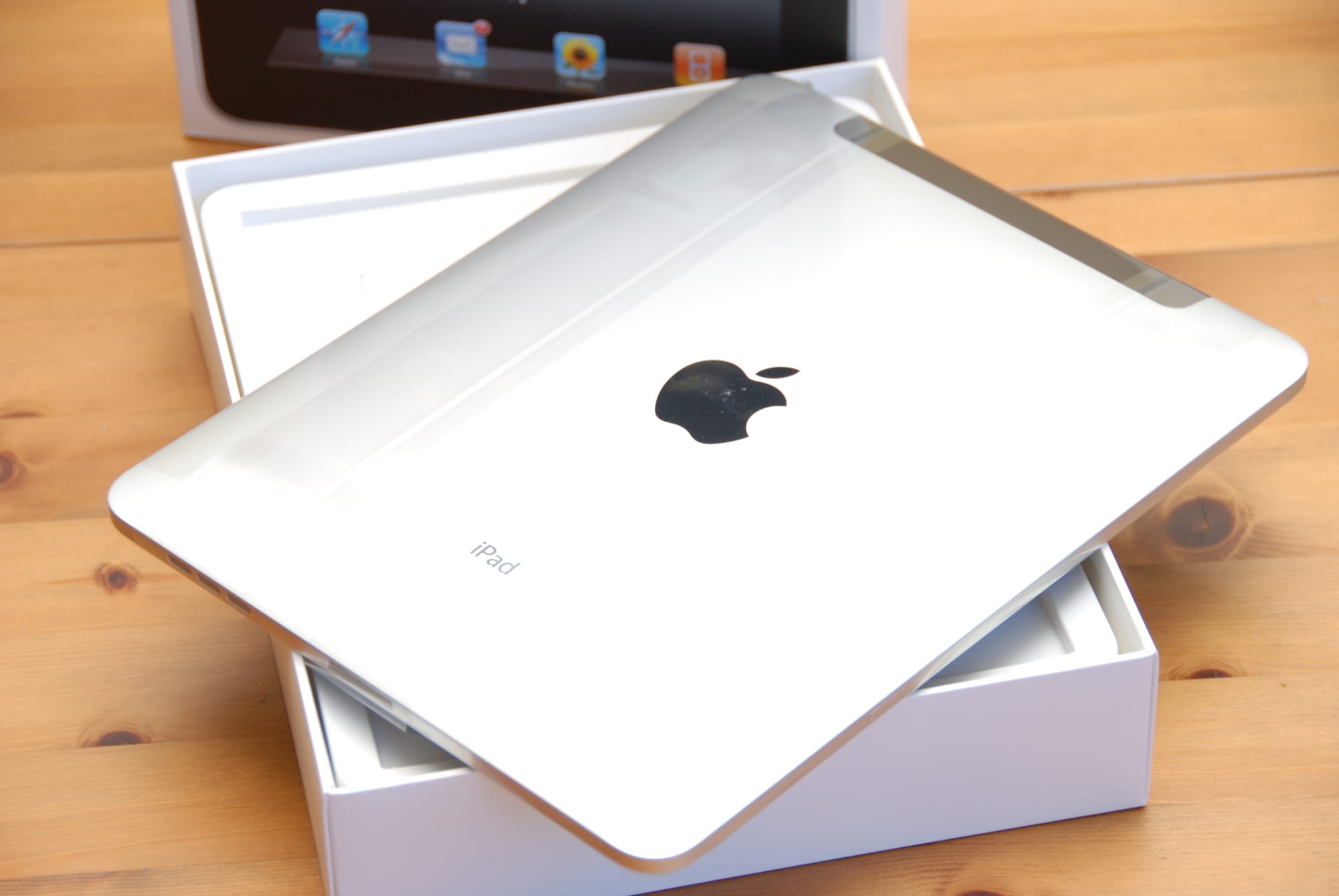
This is where it all started back in 2010. The experience was both magical and familiar, with the user interface directly inspired by the iPhone. It brought a sense of novelty while maintaining the intuitive ease that Apple users had come to love. However, the physical design of the device felt a bit off to me right from the start; its sharp edges never quite felt comfortable in my hand. Despite this, it was the screen estate that truly captivated me. While by today’s standards, the original iPad screen resolution may seem grainy, at the time, it offered superb image quality and opened up new possibilities for media consumption and productivity. The large screen was perfect for browsing the web, reading e-books, and watching videos, making it a game-changer in the world of personal technology
The third-generation iPad (retina)
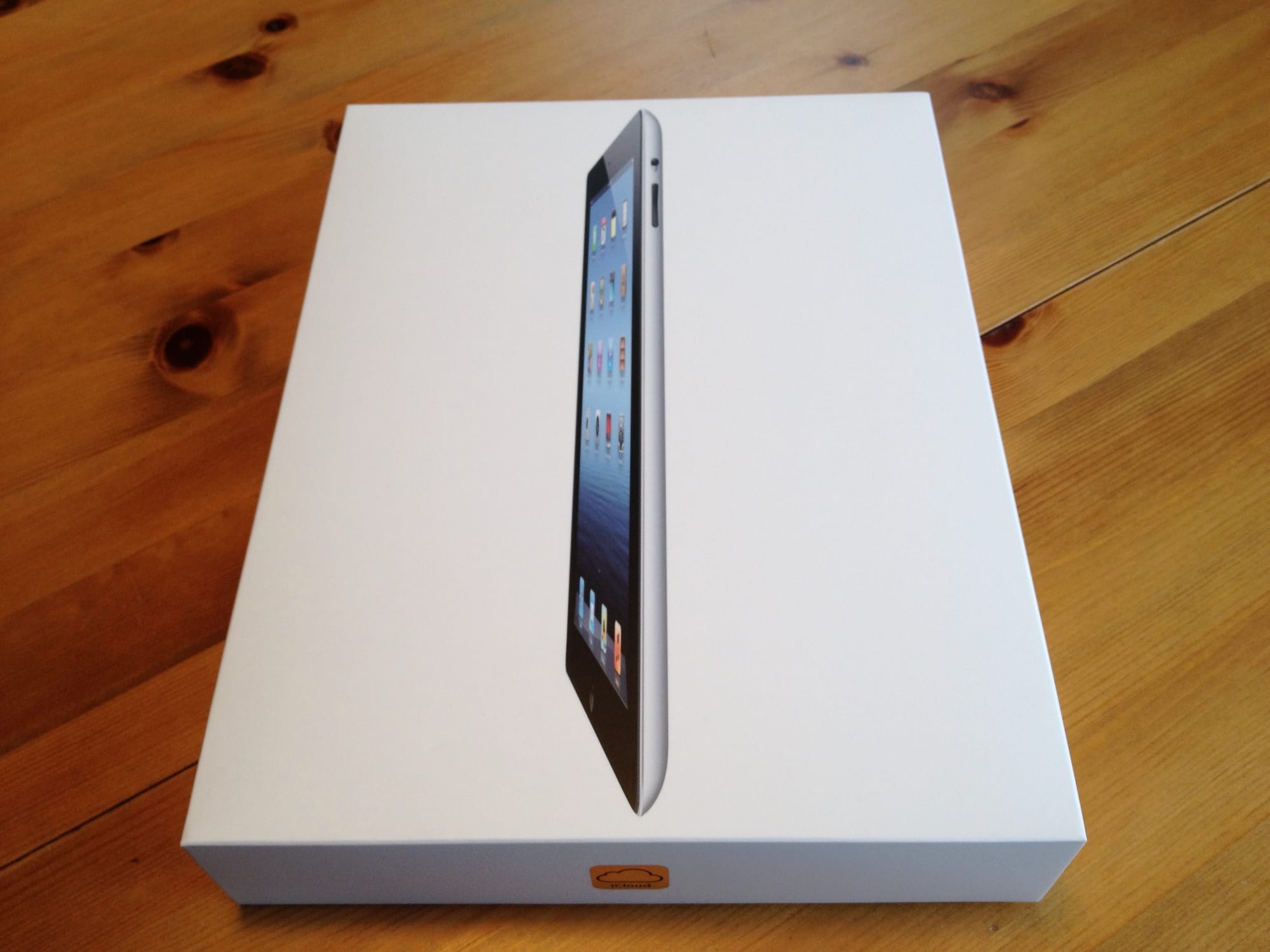
My second iPad was the Retina version, and it marked a significant upgrade for me. As the iPad has always been primarily a screen for me, the arrival of super high resolution was a revelation, especially given my passion for photography. The crisp, detailed display brought my photos to life in a way I had never experienced before. The rounded shapes represented a notable evolution in design, offering a more comfortable feel in the hand. However, despite these improvements, the device’s weight was still quite noticeable.
The original iPad Air
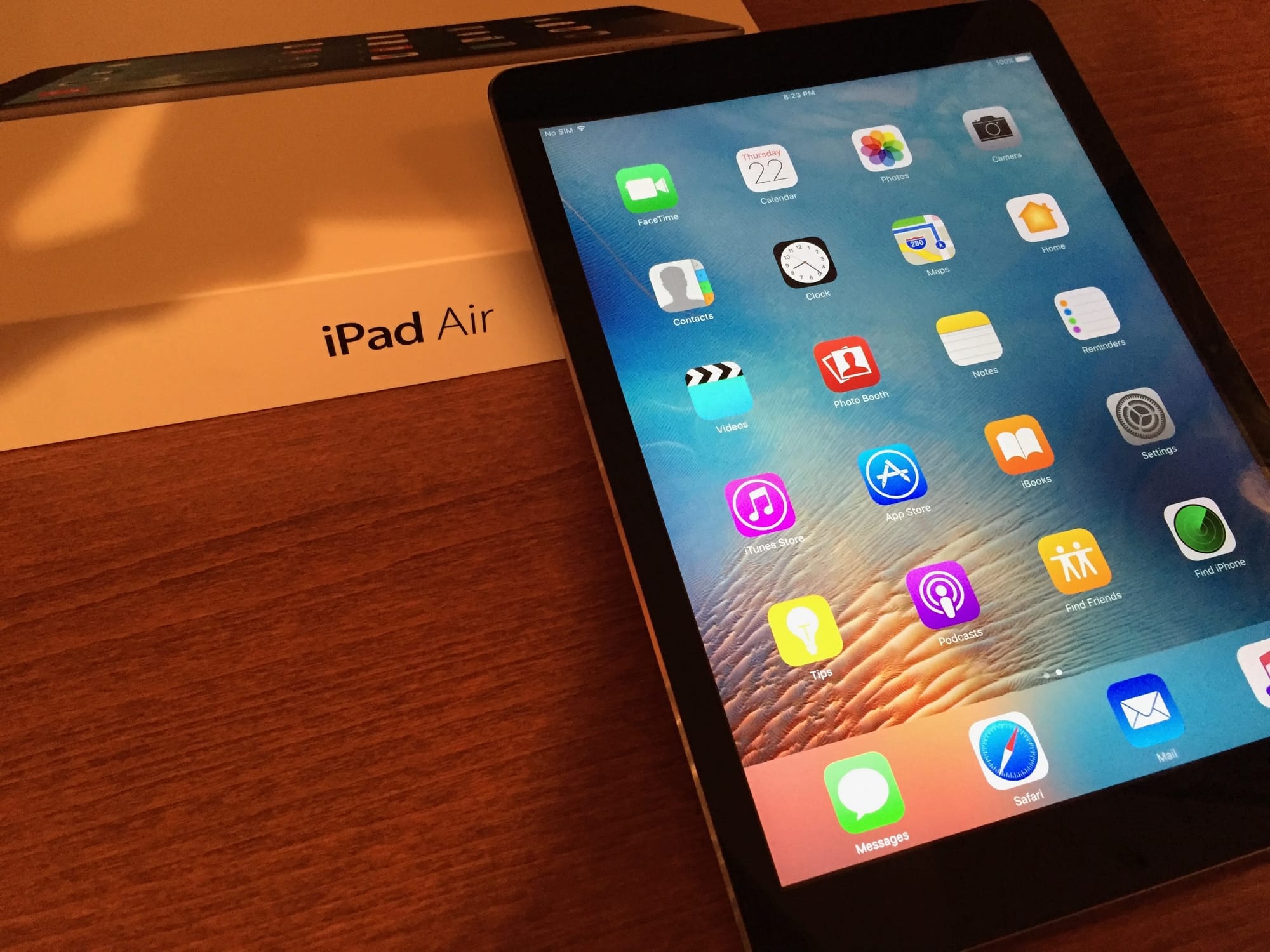
My third iPad was the iPad Air, and it represented the ultimate version of a high-performance tablet. With its exceptional image quality and lightweight, enjoyable design, it stood out from previous models. The addition of the Lightning port was a much-appreciated bonus, making charging and connectivity more convenient. The iPad Air's sleek design and impressive performance quickly made it one of my favorite iPad models. Its portability and functionality combined perfectly, enhancing my user experience in both daily tasks and my photography passion.
The 11-inch 2018 iPad Pro
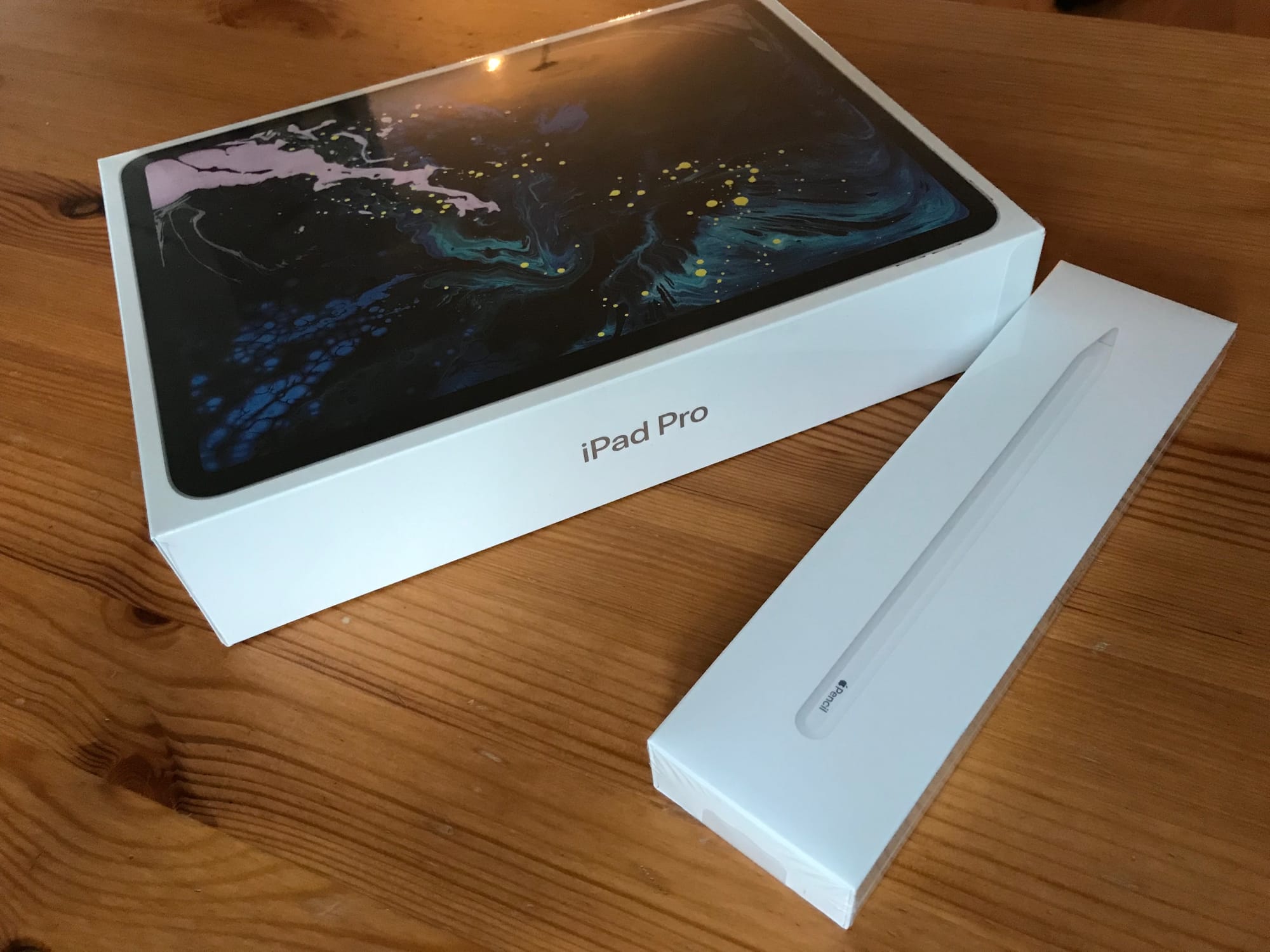
For me, the iPad Pro was the culmination of a long journey: used as my only portable device for several years, this lightweight but very powerful iPad, with its pleasant and modern design, has served me remarkably well. It has adapted to modern advancements by introducing features like USB-C, mouse, and external keyboard support. After six years of more or less dedicated use, my iPad Pro has become a relic of the past and has been sold, and I find myself looking towards the future. Replacing it is a must. However, there is some uncertainty in choosing the right size and type of screen. A visit to an Apple Store will give me the necessary insights into what is feasible and suitable for my ongoing use of this hardware platform.
What’s Next?
Well, it will be the 2024 iPad Pro, probably an 11-inch version without the nano texture glass. This wonderful general computing device is a slab of glass that offers to fill many of my use cases. It doesn’t pretend to be something that it isn’t. For those asking for an iPad to be more like a Mac, they are probably, in fact, asking for an Apple tablet running macOS. I’m not one of those guys, albeit a guy with a certain degree of curiosity of what such a combo could be in reality. In 2024, I want an iPad to be an iPad, just like it all first started in April of 2010. While the 2024 iPads aren’t exactly cheap, especially the pro models, they represent the most advanced versions of what a modern tablet should be: a device that disappears from a physical standpoint, only to expose the main entry point of every app: their main window taking up mostly all the screen. This is what I want. I don’t see that to change anytime soon.

